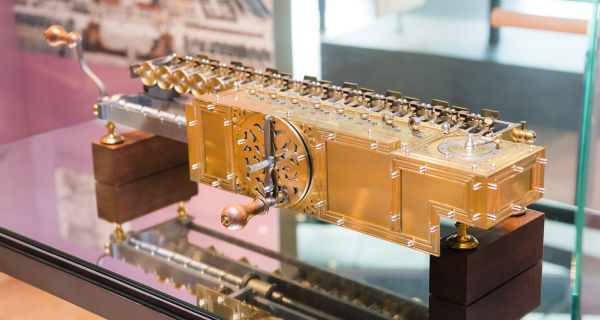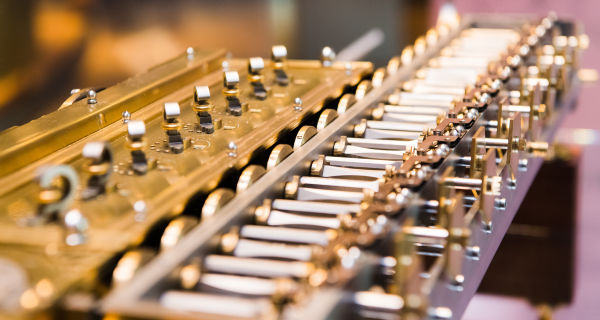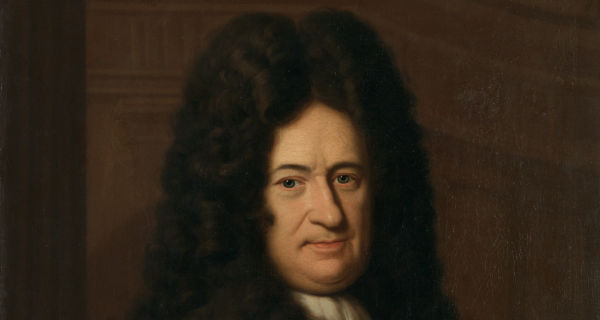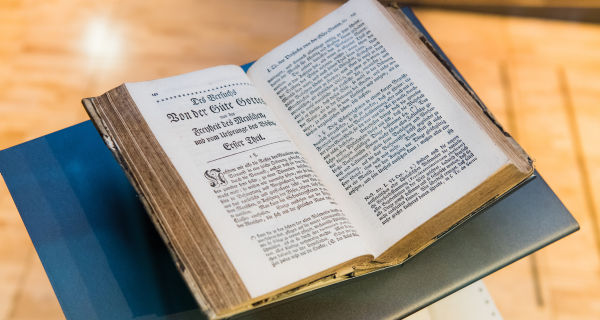Gottfried Wilhelm Leibniz is generally held to be one of the leading universal scholars of the Baroque era owing to his versatility and achievements in science.
Polymath and servant of several masters
Leibniz, who studied philosophy and law at Leipzig and Jena universities and obtained the degree of Doctor in Law in 1667 at Altdorf near Nuremberg, worked for several dynasties in different positions, including 40 years at the court of the Dukes, later Electors, of Hanover. His activities included studying the technical problems of mining in the Harz Mountains and working as the court librarian in Hanover and Wolfenbüttel. As jurist and historian, he carried out genealogical research for the Welf dynasty and wrote a history of the country, already applying modern historical methods.
Inventor of early calculating machines
From 1672 to 1676, Leibniz dwelt in Paris and London, where he established contact with other scholars at the academies, and dealt with mathematical issues in depth. During this time, he designed his first calculating machine (1672), which he presented to the Royal Society in London just one year later. It was able to handle all four fundamental operations of arithmetic.
A working replica of his third and final calculating machine can be seen in the exhibition. Visitors can operate a working model of a binary calculating machine. The basis for this machine was a treatise that he wrote in 1679 on binary numbers, which were represented by the digits 0 and 1. For years, Leibniz was in dispute with Isaac Newton about the priority of the discovery of infinitesimal calculus (1675). This dispute was not settled until the 19th century - with Leibniz at last emerging as the winner.
Leibniz, whose numerous journeys took him through half of Europe, actively promoted the establishment of scientific academies. After his death, he left a tremendous number of writings on physics, philosophy, Christian religion, political science and ethnology, as well as extensive correspondence with over 1,000 scientists and statesmen.



